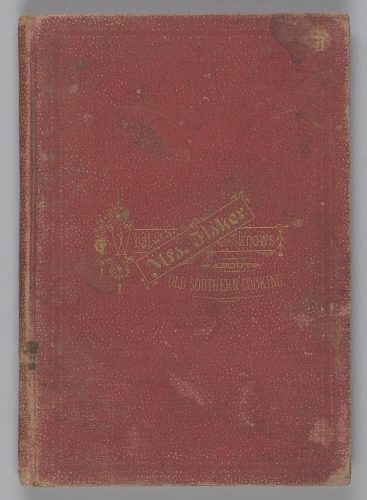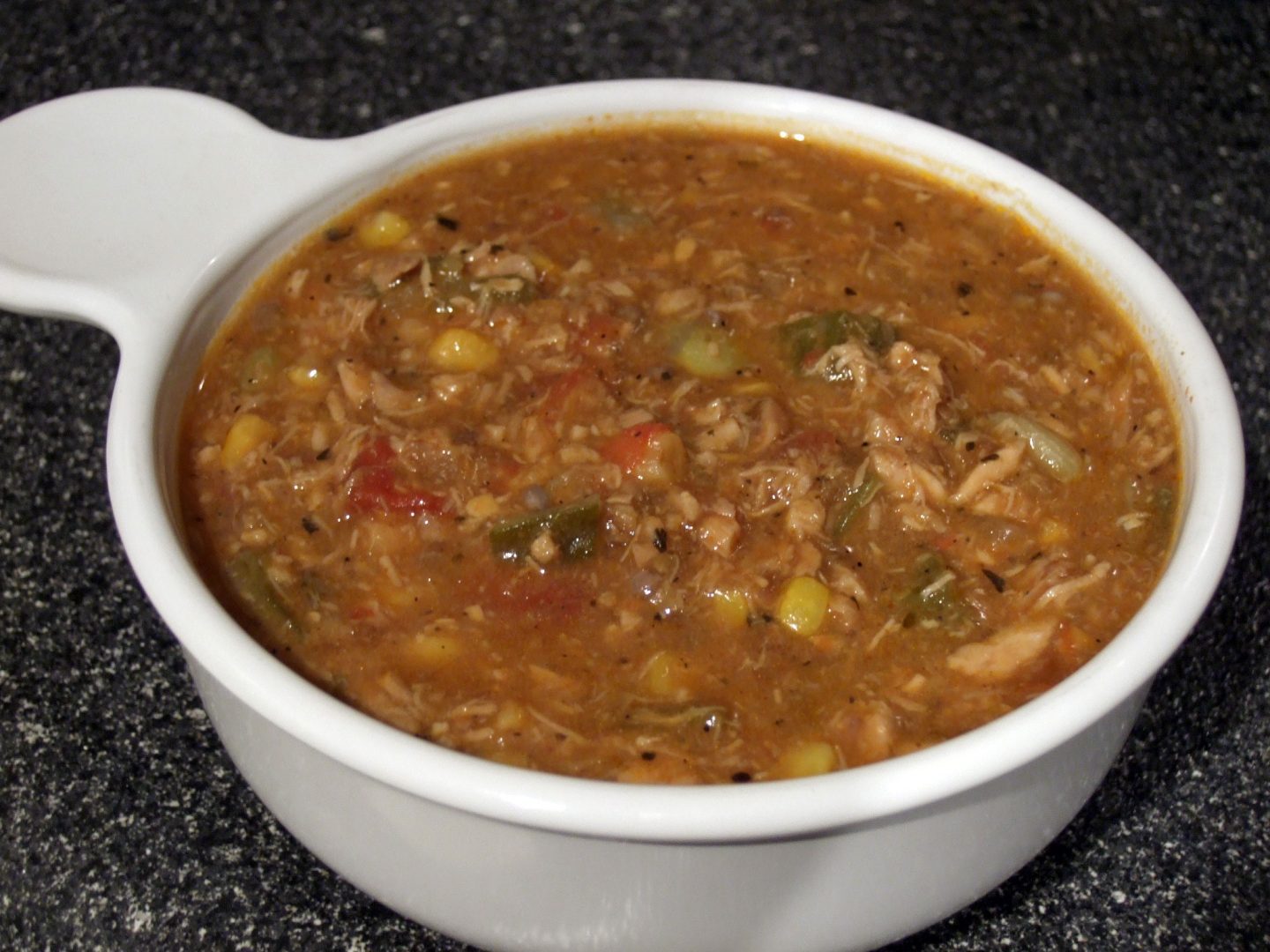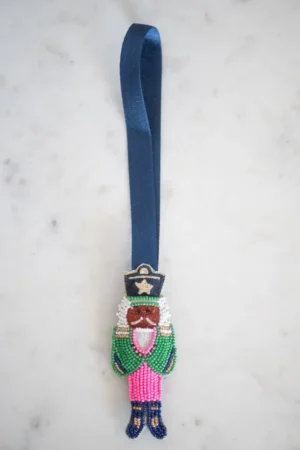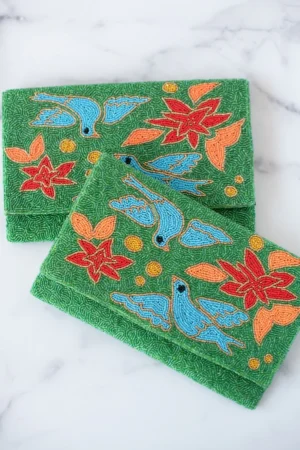
You have read correctly about both: the wild game and receipts. What we call recipes, our foremothers and fathers called receipts. For the purposes of this discussion on wild game, we will use both. As for wild game receipts, well, our descendants from the distant and recent past ate almost everything from the “rooter to the tooter” as the late John Witherspoon said in the movie Boomerang. There were very few animals or their parts unused for everyday cooking and meals. Before some of those recipes are shared, let’s explore a couple of facts.

- Enslaved Africans had some agency over what they ate and cooked in their quarters. Not everything they ate was the “master’s scraps.” Most times what was eaten and prepared in the quarters was eaten and prepared in the big house.
- The food preparation was both taught by enslavers and brought to this country by the enslaved.
- On some plantations or farms, it was not unusual for enslavers to allow enslaved Africans to hunt for wild game using whatever natural resources for capturing the animal made available.
In 2019, we are obsessed with clean eating, veganism, and whatever is sold in a grocery store, but our ancestors ate from the land. If you have an elderly relative that was born in a rural community or down South, then they probably have memories of some of these recipes and food items. The recipes are written as published.

Rufus Estes was a formerly enslaved man from Tennessee who became a chef and the first African American male cookbook author. These receipts come from his book Good Things to Eat (1911).

VIRGINIA STEW
A half grown chicken or two squirrels, one slice of salt pork, twelve large tomatoes, three cups of lima beans, one large onion, two large Irish potatoes, twelve ears of corn,one-fourth pound of butter, one-fourth pound of lard, one gallon of boiling water, two tablespoonfuls salt and pepper; mix as any ordinary soup and let it cook for a couple of hours or more, then serve.
SALMI OF GAME
Cut cold roast partridges, grouse or quail into joints and lay aside while preparing the gravy. This is made of the bones, dressing, skin, and general odds and ends after the neatest pieces of the birds have been selected. Put this (the scraps) into a saucepan, with one small onion minced, and a bunch of sweet herbs, pour in a pint of water and whatever gravy may be left, and stew, closely covered, for nearly an hour. A few bits of pork should be added if there is no gravy. Skim and strain, return to the fire, and add the juice of a half lemon, with a pinch of nutmeg, thicken with browned flour if the stuffing has not thickened it sufficiently, boil up and pour over the reserved meat, which should be put into another saucepan. Warm until smoking hot, but do not let it boil. Arrange the pieces of bird in heap upon a dish and pour the gravy over them.
The next set of wild game receipts come from the second black woman to publish a cookbook in American history, Abby Fisher. What Mrs. Fisher Knows About Old Southern Cooking (1881) Mrs. Fisher was born enslaved in South Carolina and during her lifetime traveled to San Francisco, where this book was published by a women’s cooperative.
VENISON BROILED
Pepper and salt before putting it on the gridiron, but remove it every two or three minutes from the iron and baste with butter. When you want deviled venison, use a little mustard mixed with wine (claret). Should you like your venison tart or a little acid, baste with currant jelly.
QUAILS
When roasted, make nice toast, butter it nice and send quails to table on the toast. Do not forget to baste all game and fowls while cooking, so as to make
them juicy. Make stuffing same as for chicken.
GREEN TURTLE SOUP
To two pounds of turtle add two quarts of water, put to boil an a slow fire and cook down to three pints. Season while boiling with pepper and salt to taste.
Take three hard boiled eggs, slice very thin and lay in tureen; slice one-fourth of a lemon and put in tureen also. Then pour in tureen one gill of sherry wine.
Then pour on hot soup and send to table. The above quantity will make soup for one dozen guests. If there are more to serve, increase the quantity.
The last receipt is from Minnie C. Fox’s The Blue Grass Cookbook (1904). Now, Fox was a white woman but the receipts are clearly a compilation of the black cooks who worked for the women contributing.

RABBIT ROASTED
Skin and dress the rabbit, cutting off the head and tail. Stuff with dressing with bread-crumbs, salt and pepper. Put in pan with water, and bake as you would chicken. Baste often with butter. Serve with apple-sauce and rice-cakes.
~
Wild game was commonly served in a dish in agrarian cultures in the South. The recipes above are deer, rabbit, turtle, quail, partridge, grouse and squirrel meat dishes. Imagine wild boar, ‘gator, rattlesnake, moose, and possum showing up in a stew, roast or sausage on your plate. Perhaps, you cannot, but one of your ancestors could.
















This is absolutely marvelous. I remember my mother making these dishes, but she didn’t use a recipe; just what she thought would be good and healthy for all of us kids. I’m sure it was trial and error, but the end results sure were good. I would like to purchase this cookbook to add to my collection and to pass on to my children.